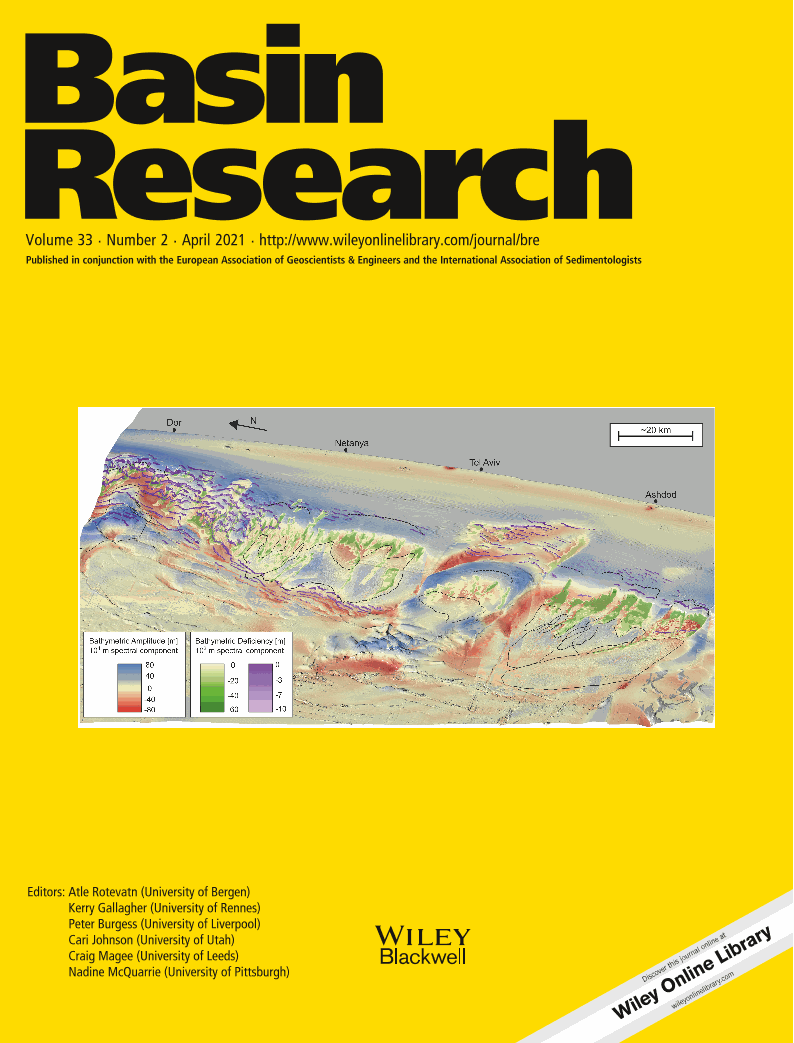
Full text loading...

Unconformity‐bounded carbonates in the Cambrian of West Avalonia reflect syn‐rift tectonic pulses associated with hydrothermal activity. These carbonate beds host vein networks of carbonate‐hosted polymetallic sulfide‐sulfate‐oxide mineral associations (Pb–Cu–Fe–barite stockworks).
In the Avalon Zone of SE Newfoundland, several Terreneuvian to Cambrian Series 2 carbonate bodies occur associated with paraconformities and onlapping geometries. Their stratigraphic discontinuities and related gaps represent syn‐rift episodes characterized by sharply tilted and downfaulted blocks and deposition of chaotic megabreccia beds and conglomerates on neighbouring footwall areas. Microbial and shelly carbonate production nucleated on tectonically unstable palaeohorsts, where stromatolitic crusts and mats commonly reflect the onset of hiatal stratigraphic diastems, and mud‐mounds the episodic establishment of calm conditions. Short‐term uplift episodes of rift shoulders led to unroofing of the Neoproterozoic basement (yielding granitoid clasts and input of reworked exotic clasts and allochthonous fossils from underlying Cambrian strata), localized subaerial exposure and karst features, and the development of synsedimentary fracture networks that provided favourable conduits and pathways for hydrothermal fluids. These carbonate beds host vein networks of carbonate‐hosted polymetallic sulphide‐sulphate‐oxide mineral associations (Pb–Cu–Fe–barite stockworks). The mixture of parautochthonous and allochthonous bioclastic assemblages points to the record of event‐concentration strata, which may clarify the long stratigraphic ranges of some involved microfossils. The Cambrian Avalonia rift and the offshore to basinal rift sector of the neighbouring Atlas‒Ossa‐Morena rift, preserved in the Moroccan northern High Atlas and Coastal Meseta, share common temperate‐water carbonate facies and build‐ups, lacking ‘subtropical’ indicators such as archaeocyathan‐microbial reefs, ooidal shoals or evaporitic pseudomorphs. These diagnostic facies and minerals occur only in relatively stable, shallow‐water rift branches, such as those preserved in the Anti‐Atlas and the Ossa‐Morena Zone (Iberian Massif).
]
Article metrics loading...

Full text loading...
References


Data & Media loading...

